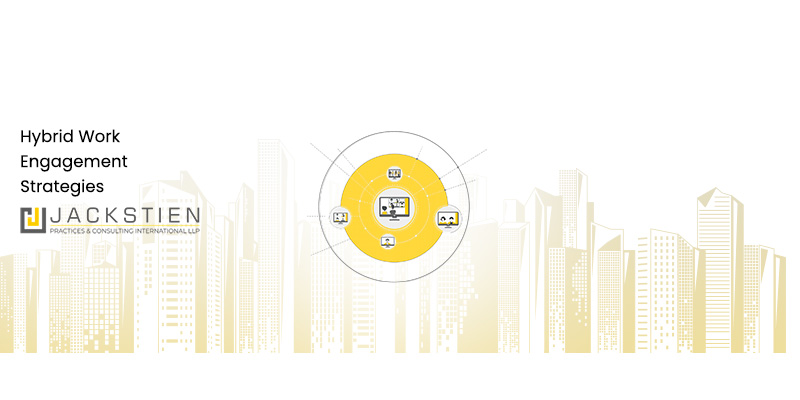The one consensus that we have all reached rather readily is “all things considered; hybrid work is better than being fully remote”.
So why is it proving so difficult?
A well-designed Remote Work environment is highly beneficial for employers and employees, but there are still some downsides to it. Hybrid Work further eliminates even these downsides.
No wonder then that the everyone seems to agree that Hybrid Work is best.
That being said, Hybrid Work requires businesses to maintain two working environments – a virtual one and a real one. That is why Hybrid Work costs more than a fully virtual one even though the cost is far less than a fully physical environment.
But here’s the problem; before moving, organizations need to think through the problems and questions.
Some of these tend to prove far too difficult to grapple with for many organizations (other than some technology companies which tend to have complex businesses but a relatively lower number of moving parts).
These issues eventually prove so vexing that Hybrid Work starts to feel like its further and further away in reality.
So near, yet so far.
Let’s discuss some of these questions.
Starting off with the simple questions..
Organizations will need to start by deciding what Hybrid Work means for them. Does it mean that some employees will work fully remotely while others always work from the office? Does it mean that specific employees work certain days of the month from the office and while working remotely the rest of the time?
Thereafter, how does an organization decide which days, dates and times work best for its goals while keeping employee preferences in mind? How does the organization decide the best combination of these? Does it need to track/ manage/ control / monitor? If so, how?
Moving on to the slightly more complex questions…
What is the ideal percentage of physical space to retain?
What if the retained space goes largely unutilized and wasted while work suffers?
What if the retained space is too little and employees struggle to manage? How does the business find the best balance to maintain?
From there on, the questions get harder…
How does the organization manage changing needs and weave-in flexibility for its operations and learnings?
How does an organization ensure that the right people remain available to get together in-person at the right time and place?
What do organizations do if capacity is exceeded on certain days? How will it be fair to everyone? How does they manage company-wide affairs?
And then the questions get really difficult…
How does an organization identify which processes work best in which environment?
How does it decide what ‘works best’ even means? Works best for whom?
What criteria, yardsticks and KPIs should the organization use?
How does it incorporate these assessments into its decision making?
The answers…
These answers need to be scientifically derived through a methodical, deep and detailed identification of the inherent risks for business, its industry, processes, dependencies, stakeholders, legal obligations, entity risks and regulatory status.
The risks need to be balanced with the costs to reach the ideal state, and, most importantly, these assessments need to be done at a process level to be meaningful.
The cost of “winging it and changing as you go along” may be too high for customers and employees. And the hard earned goodwill will be far too expensive for most to risk it. Rightly so.
Which essentially takes businesses back to having to get the right methodologies and expertise to answer these questions without having to hire expertise for a one-time transition.
Is it tough? No doubt.
Fortunately, if you are reading this, you have access to Jackstien Practices, one of the very few who can help guide you through this better than anyone else.
Because in the end, it will be so very worth it!


